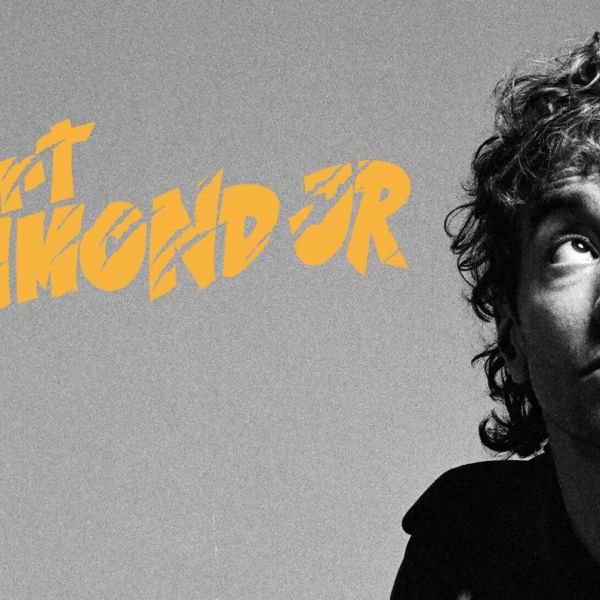The National Theatre of Great Britain’s acclaimed production of the Curious Incident of the Dog In The Night-Time is an artfully conceived and skilfully manifested adaption of Mark Haddon’s best selling novel, with a string of awards to its name - including seven Olivers and five Tonys.
Center stage is Christopher Boone played by Joshua Jenkins, a “15 years, three months and two days” old boy who is neurologically atypical. He has an avaricious love of maths, space, dogs and his pet rat. Christopher, while a prodigy in the field of mathematics has “some behavioural difficulties” as he struggles with human contact and people who use metaphors. It is alluded to in the production that he has signs of Autism or Asperger’s syndrome, but this is just an undercurrent of the story.
The play opens with an acrid lighting cloaking the body of a Golden Retriever, pierced by a pitchfork. Red glitter stains the fur of the taxidermy dog as Christopher quivers frantically, attune to the oscillating lights that heighten the rising action of play. With his love of Sherlock Holmes, Christopher is determined to uncover the truth behind the canine’s murder and thus the audience is propelled into a quasi-Holmes investigation where family secrets are revealed and the murder mystery takes another twist. Throughout Christopher’s quest for truth he is blockaded by challenges. His disability hinders his navigation of an emotional world of complex relationships, but his optimistic nature and unique perspective helps him overcome life’s hurdles.
But how can the medium of theatre portray autism on stage? Let alone communicate the interior world of a 15-year-old boy? The designer Bunny Christie’s gridded set, reminiscent of a mathematical grid with it’s black and white graph-like squares, is punctuated by a matrix of LEDs that is a manifestation of Christopher’s mind; a place where logic and order is ‘black and white’. Paule Constable and Finn Ross’s lighting and video design, artfully guide the story through its various locations with a visual spectacle of projections, drawings and boxes that can be repurposed as different objects.
The designers are able to harmoniously marriage text and design and the set is at it’s most striking when it conveys the panic of information overload that Christopher is subjected to. The stage an echo of Christopher’s inner-world, erupts into a barrage of palpitating blinding lights, deafening sounds and screams as he disembarks from the comfort of Swinton, his home town.
There are many moments of theatrical bewitchment, achieved by the ingeniousness of movement directors Scott Graham and Steven Hoggett, who have created a stylised performance that transitions into dance. Actors dart across the stage like synchronized clockwork, transform their bodies into extensions of inanimate objects and manipulate time through slower choreographed sequences that suggest memory. Overall, the actors submerge together to create a breathtaking performance.
This is a play and production filled with first class choreography and design that leaves the audience with unforgettable moments of anticipation. It’s for both kids, and any adult who wants to embark on a nostalgic journey of the fears and naive excitement that was once apart of their childhood.



